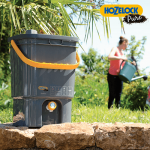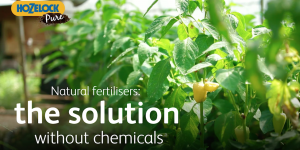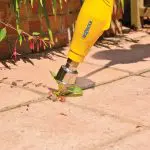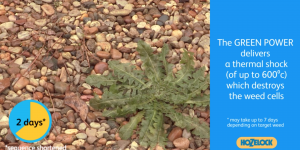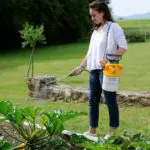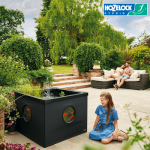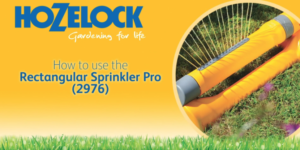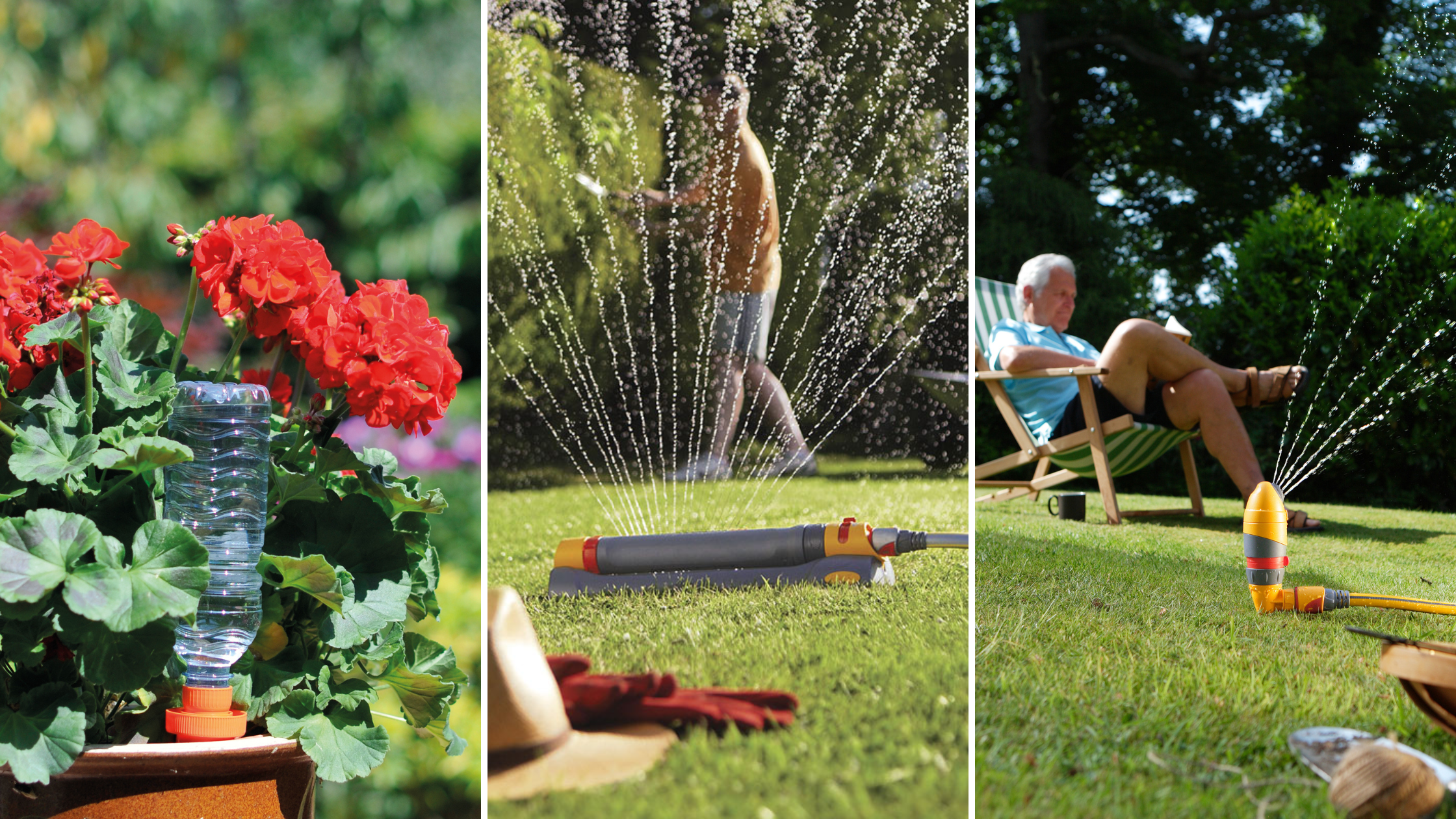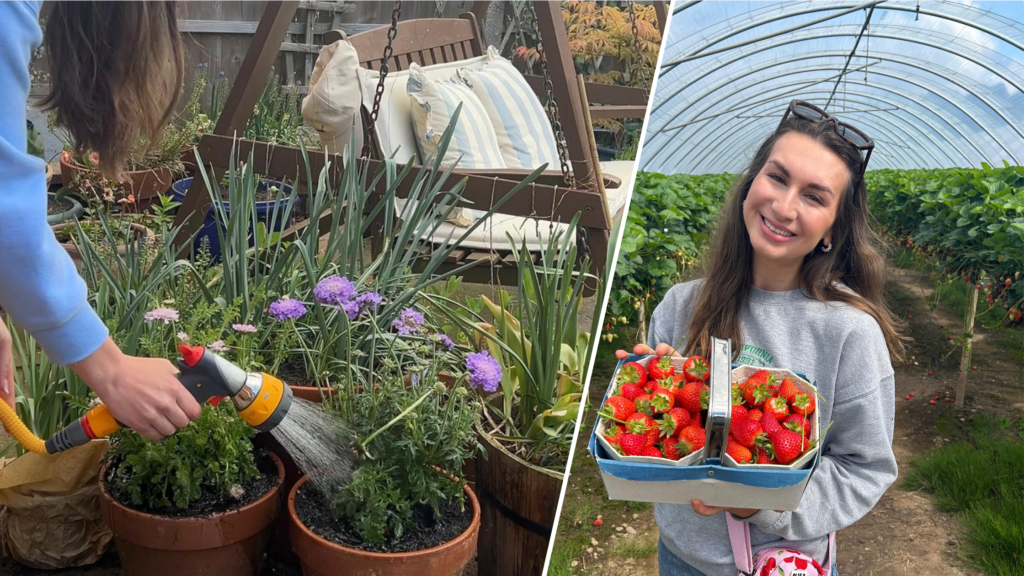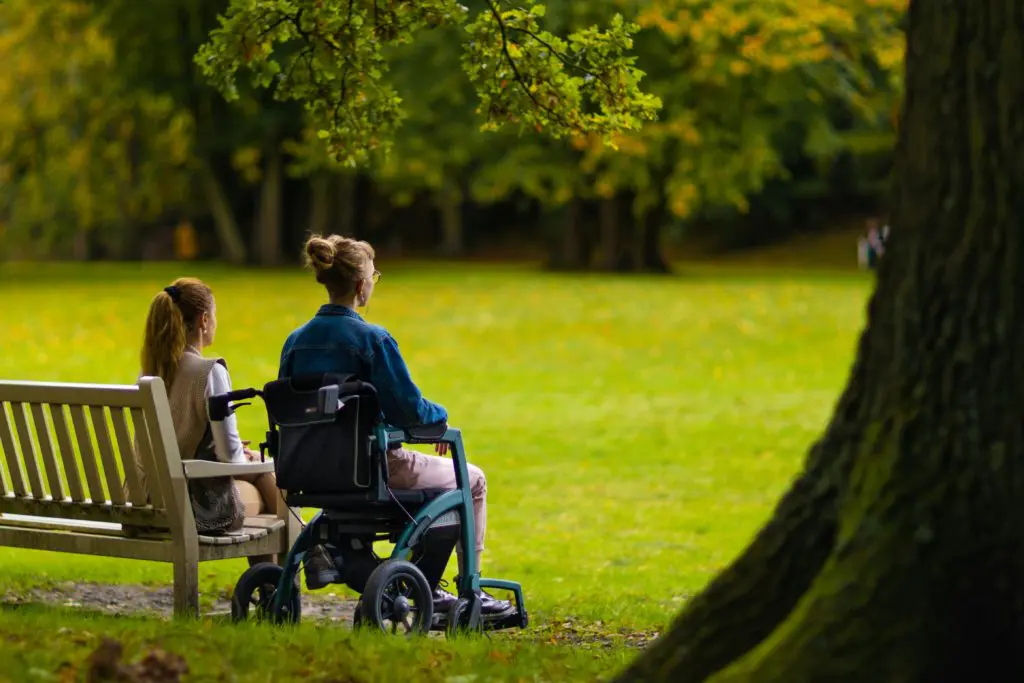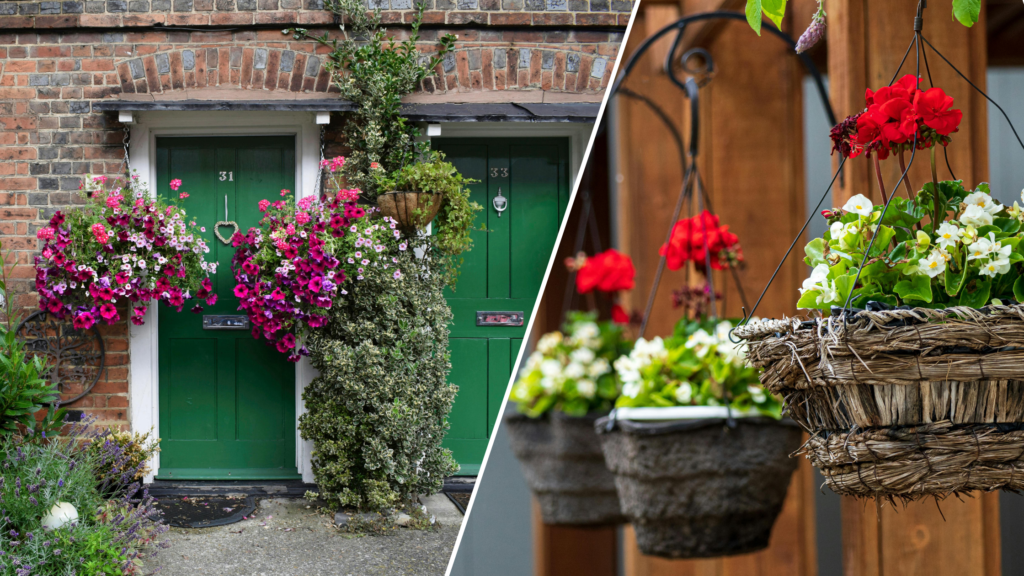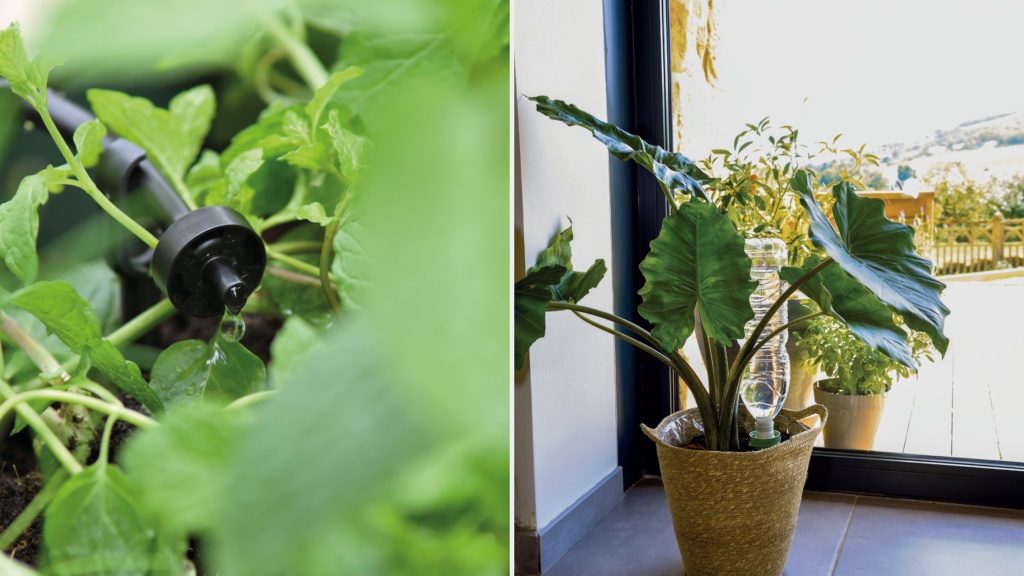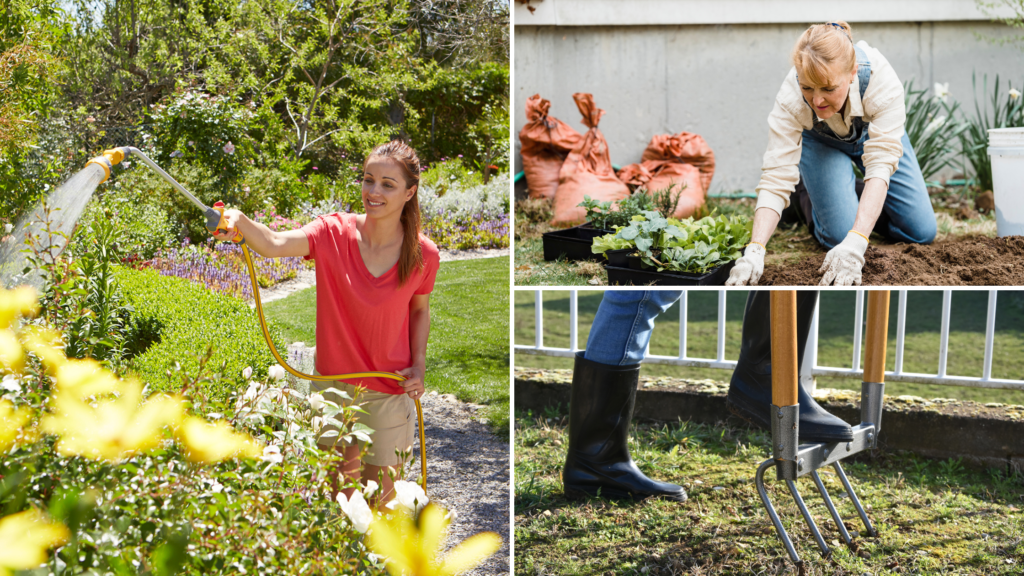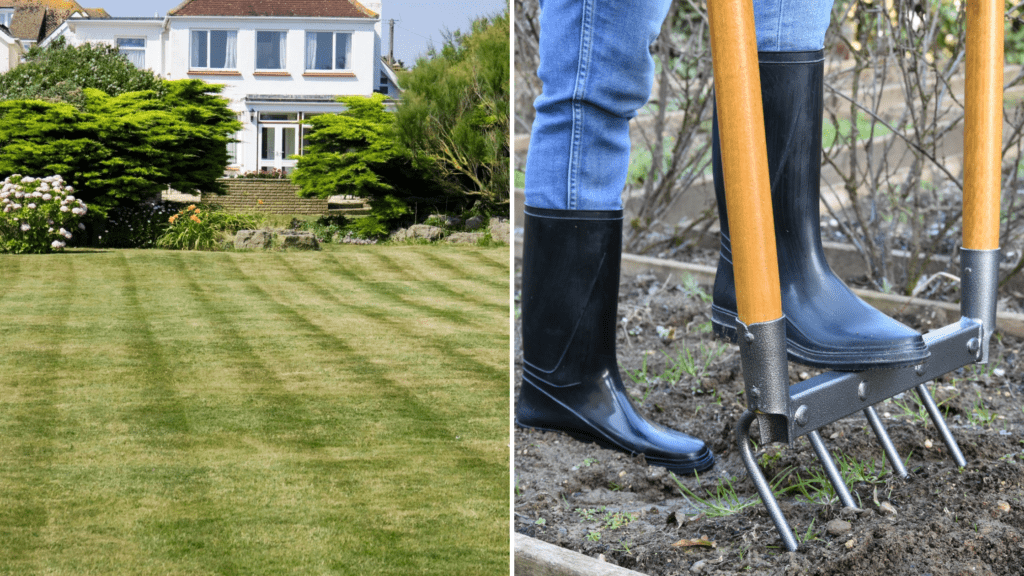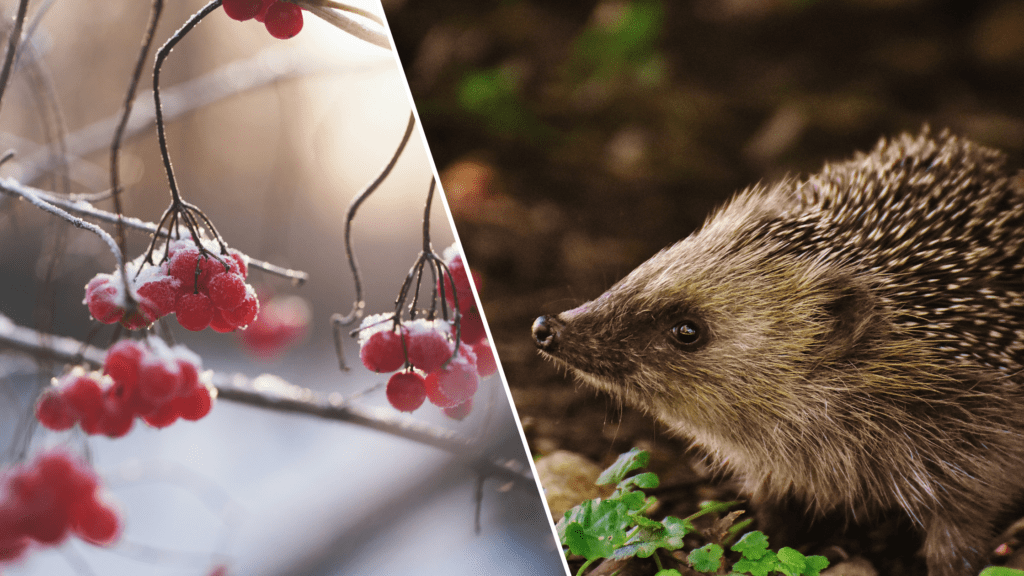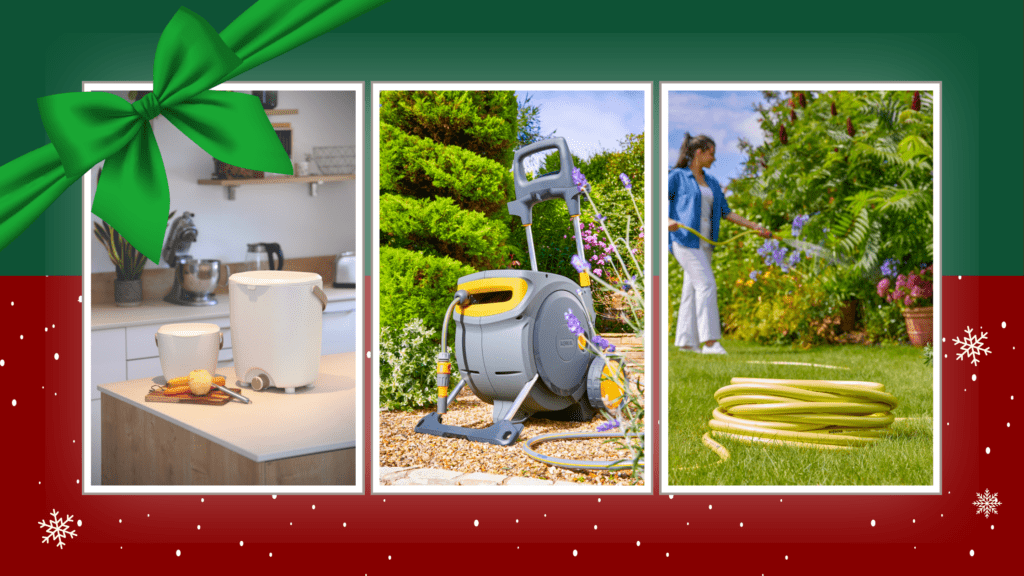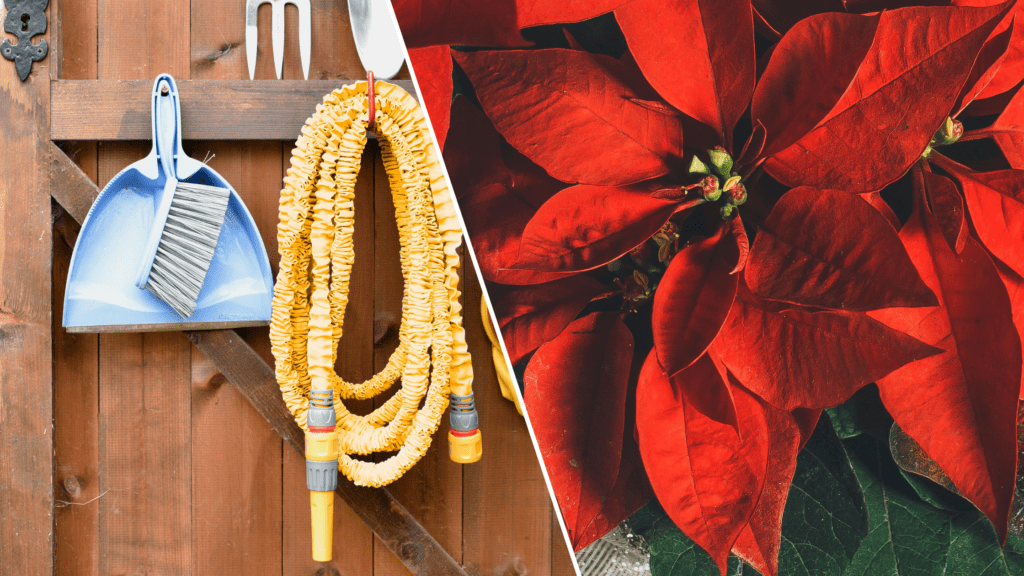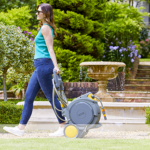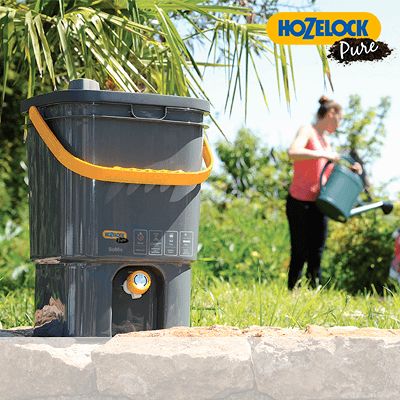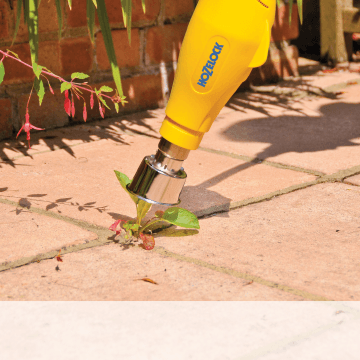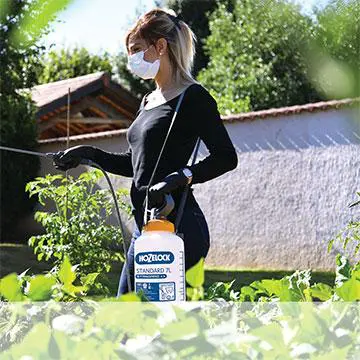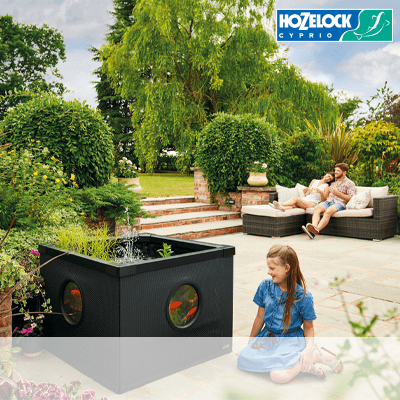Sustainable Watering conserves water resources, promotes plant health, and reduces environmental impact.
So why aren’t you doing it?
Creating a sustainable watering routine is key to conserving water in your garden and nurturing an eco-friendly space.
If you’re new to gardening, mastering these basics can make a big difference to your garden’s health!
So, how do you create a sustainable watering routine?
Choose the Right Time
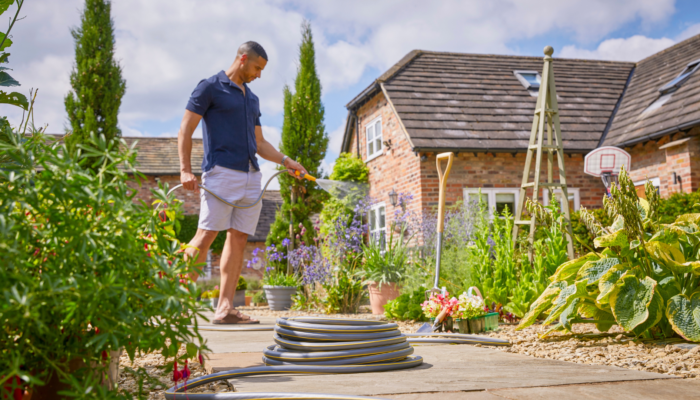
Timing your watering can significantly impact water efficiency.
But when are the optimal times to water?
Early Morning Watering
Water your plants early in the morning when temperatures are cooler.
This reduces evaporation and allows plants to absorb moisture before the heat of the day.
Evening Watering
If you miss the morning window, early evening is another good option.
Though it’s less ideal than morning because wet leaves overnight can encourage disease.
Avoid Midday Watering
Watering during the hottest part of the day leads to rapid evaporation and less efficient water use – negatively impacting your sustainable watering routine.
Deep and Infrequent Watering
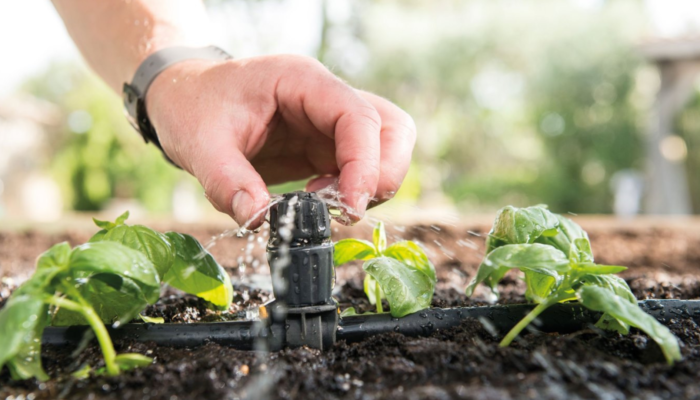
Deep Soak
Water deeply so that the moisture reaches the roots.
This helps plants develop deeper root systems, making them more drought-resistant.
Less Frequent
Instead of watering every day, water less often but for longer periods.
This encourages plants to use the water stored in the soil, benefiting your sustainable watering routine.
Utilise Mulch
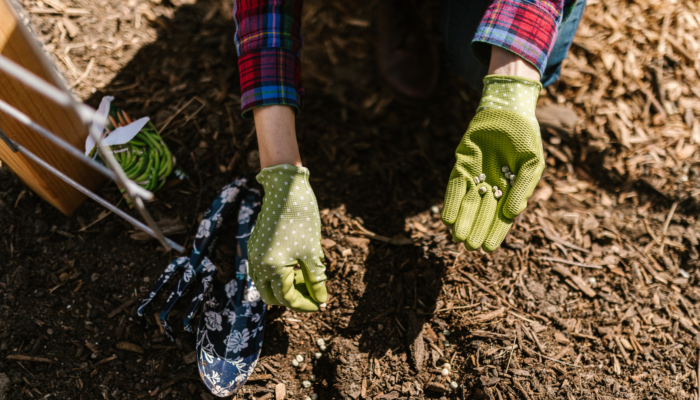
Mulching conserves soil moisture and reduces evaporation by forming a protective layer over the soil.
Organic Mulch
Use organic materials like straw, wood chips, or compost.
Mulch helps keep the soil cool, retains moisture, and adds nutrients to the soil as it decomposes.
Apply Generously
Apply a thick layer (about 2-3 inches) around your plants but keep it a few inches away from the stems to prevent rot.
Doing this will improve not only your plants health, but also your sustainable watering techniques.
Moisture Meters
Use a soil moisture meter to check the moisture levels at the root zone.
Water only when necessary.
Collect and Use Rainwater
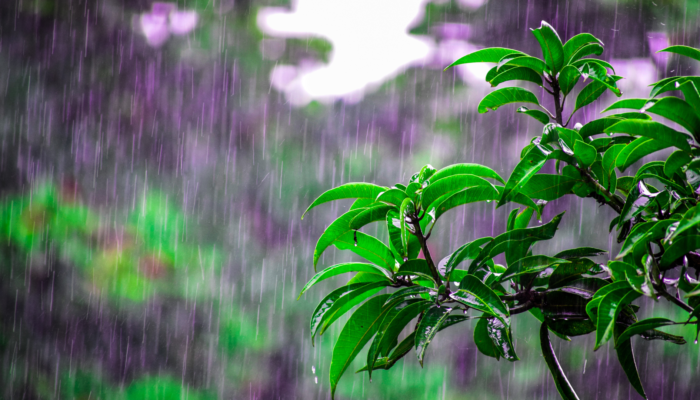
Make the most of natural rainfall by collecting and storing it.
Rain Barrels
Install rain barrels to collect runoff from your roof.
This free water source can be used to water your garden during dry periods.
Rain Chains
Use rain chains instead of downspouts to direct rainwater into decorative containers or rain barrels.
Not only do they help with sustainable watering, they become a decorative feature in your garden!
Implement Drip Irrigation
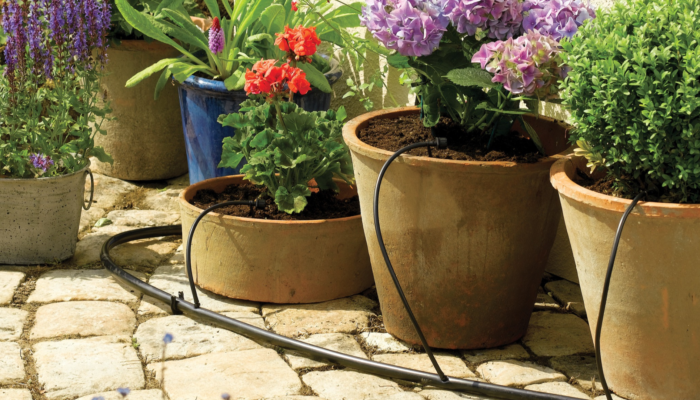
Efficient Watering
Drip irrigation systems use less water than traditional sprinklers and reduce evaporation and runoff.
They deliver water directly to the plant’s roots, minimising waste and improving sustainable watering.
Customised Setup
Set up your drip irrigation system to target the base of each plant, ensuring they get the water they need without excess.
Use Greywater
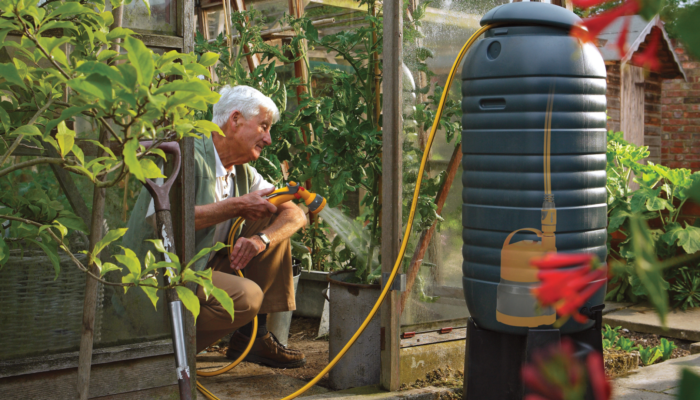
Greywater is wastewater from household sources such as sinks, showers, bathtubs, washing machines, and dishwashers.
It’s relatively clean and can be recycled for non-potable uses, reducing the overall demand for fresh water.
Safe Sources
Recycle household water, also referred to as, greywater from sinks, baths, and washing machines (excluding water with harsh chemicals) to improve your sustainable watering routine.
Simple Systems
Set up a basic greywater irrigation system to divert this water to your garden.
Always ensure it’s used safely and doesn’t contain harmful substances.
Select Drought-Resistant Plants
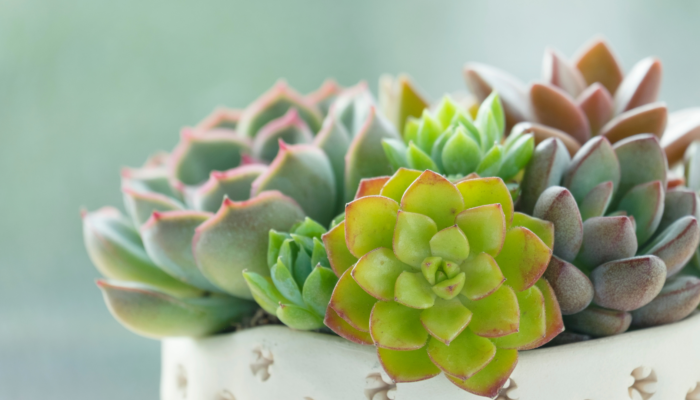
Native Plants
Opt for native plants that are adapted to your local climate and require less water.
Drought-Tolerant Species
Select plants known for their drought tolerance, such as succulents, lavender, and certain herbs; all beneficial to sustainable watering.
By implementing these sustainable watering suggestions, you can create a beautiful, eco-friendly garden that thrives while minimising environmental impact.
Will you be incorporating any of these tips into your gardening? Let us know in the comments!




